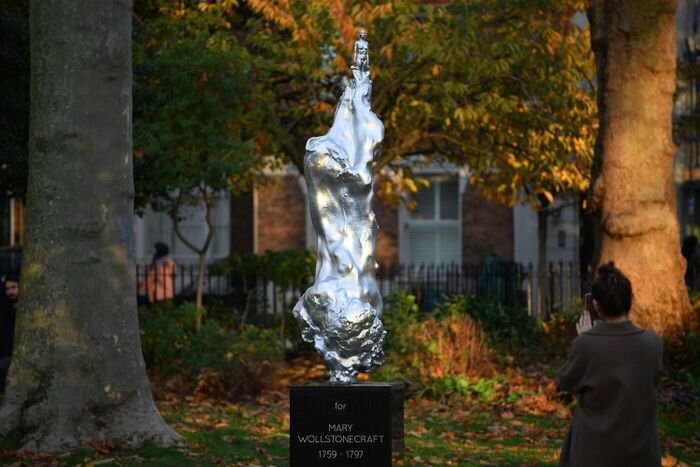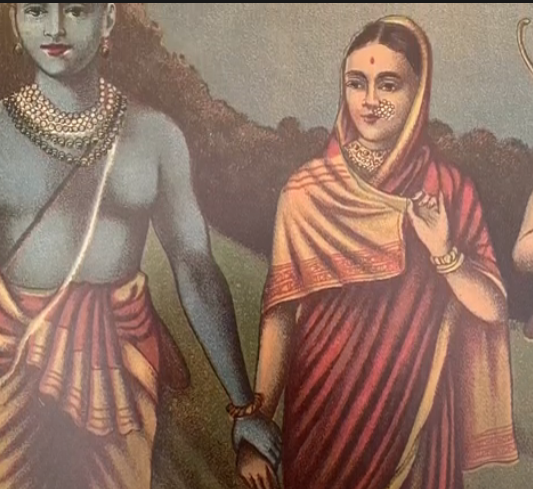In the wake of Remembrance Day, the rising tide of the pandemic globally, and political instability returning to the U.S. after a momentary glimpse of hope and change, it has been a very sombre and introspective week. And it appears that the “dark winter” that many have been predicting is slowly and inevitably upon us…and in more ways than one. No doubt, it is very human to think we are unique in our struggles and anxieties, and living in unprecedented times, but as someone who has spent many years studying the history of failed revolutions and cultural transformations, especially of the late nineteenth and early twentieth centuries, I continue to marvel at how many parallels exist between our present moment and that of the past.
The artist Georgia O’Keefe, who was born on this day in 1887 and lived to be 98 years old, is a poignant example of an individual who not only survived the Spanish Flu pandemic of 1918 — she was an art school professor during that period— but also the two world wars that followed, along with participating in the women’s movement. Looking at her artworks spanning this time, one recognizes the rejection of her traditional art training and turn to modernism as part of an internal revolution that mirrored the world she viewed around her. “I said to myself,” writes O’Keefe, “I have things in my head that are not like what anyone has taught me - shapes and ideas so near to me - so natural to my way of being and thinking that it hasn't occurred to me to put them down. I decided to start anew, to strip away what I had been taught.” What brings me comfort via O’Keefe’s example is the knowledge that most of us will absolutely survive this difficult year, despite facing the truth that so much, and so many, will be lost. The fortunate among us will be rewarded with the opportunity to start anew.
A FEW MORE THINGS BEFORE THE ROUND UP
I have reached the American New Wave week of my Introduction to Film Studies class, and as part of my preparation I recently re-watched Dog Day Afternoon (1975), a classic of the period starring Al Pacino and directed by Sidney Lumet. I cannot express how fresh and relevant this film remains to contemporary eyes. Without spoiling the film, let’s just say it was way ahead of its time in exploring themes around media and celebrity, cultures of policing, income inequality, and racial and sexual discrimination underpinning so much of North American society. I cannot wait to see what my students make of the film when they respond to their screening questions, and I hope some of you put this one on your list for lock-down viewing in the coming months.
Speaking of the winter and upcoming holidays, I keep waiting for the first sign of the season, which for most of us arrives in the form of Christmas songs and treats of the season (and yes, those Irish Cream Americanos are worth a visit to Starbucks). More specifically though, who doesn’t find Mariah Carey’s super festive and upbeat earworm “All I Want For Christmas Is You” a signal that the holidays are underway. As a teenager of the 1980s and fan of autobiographies, I have been looking forward to Carey’s long awaited book The Meaning of Mariah ever since I first got wind of it last year. I finished it a few weeks ago and I have to say that it was one of the most incredible and conceptual memoirs I have read in recent years. What I love most is the way that Carey invites her readers into her creative process and shares how deeply personal struggles transformed her artistry and approach to making music. Highly recommended and this review gives you some insights and reasons to pick it up.
Oh yes, unless you have been living under a rock, The Crown Season 4 dropped this morning on Netflix…. I will slow watch this one between now and the holidays and savour every beautifully shot and scripted episode.











